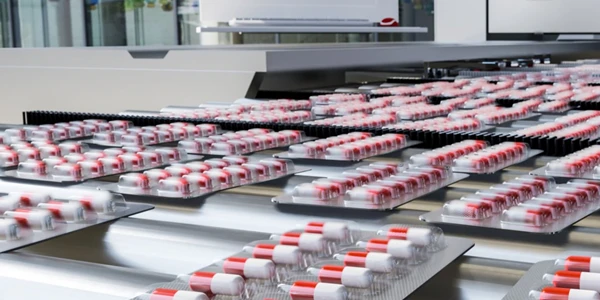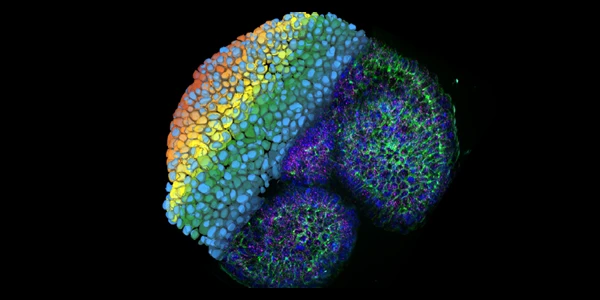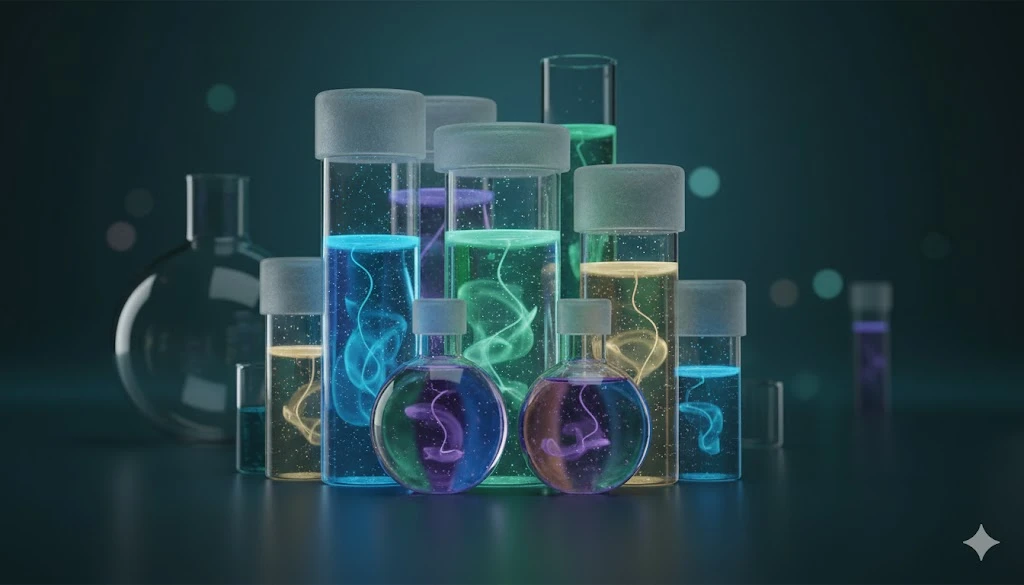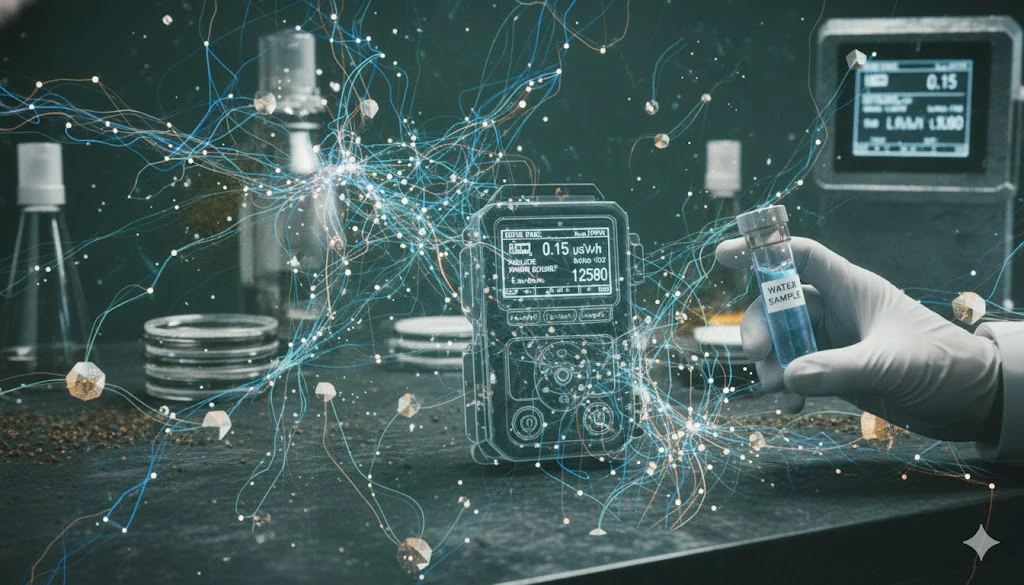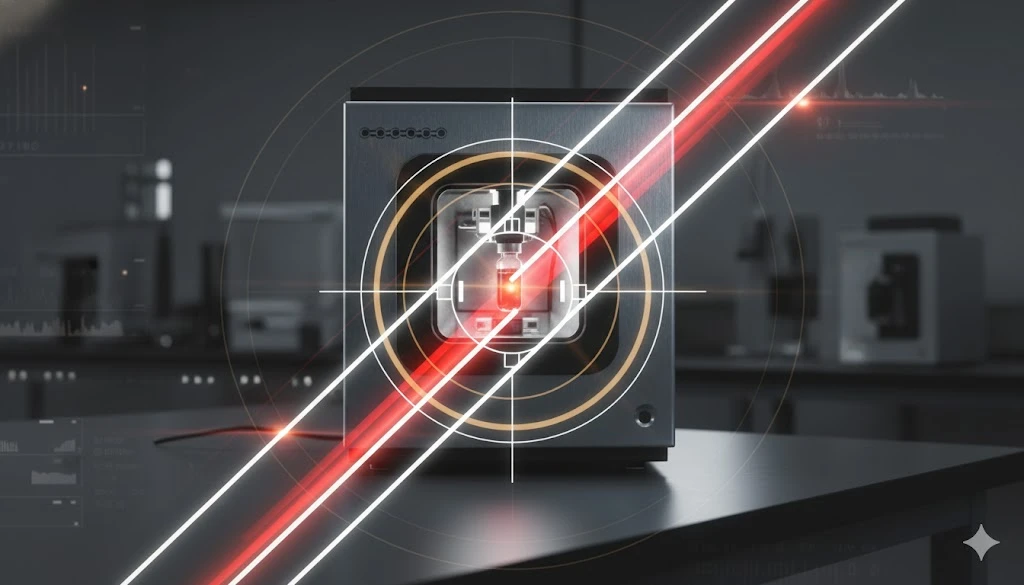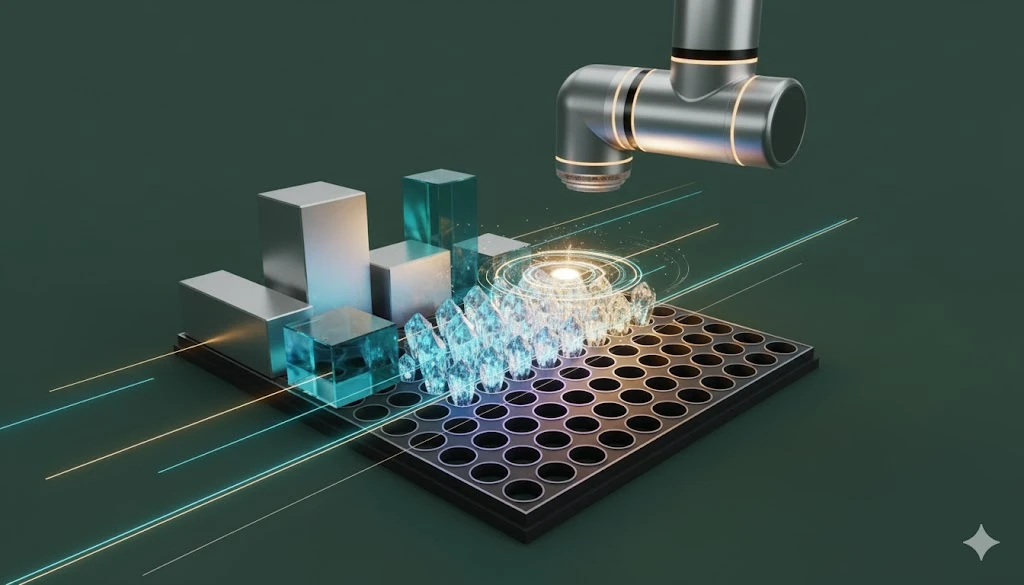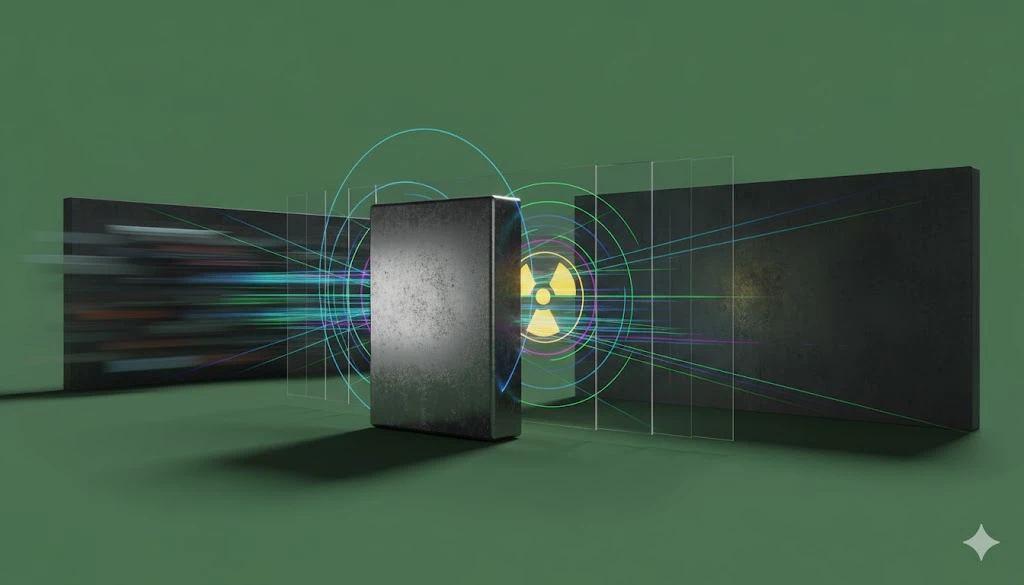Traditional GC Systems: Limitations and the Promise of Efficient, Compact, and Versatile GC
Newer GC designs—compact, modular, and field-deployable—aim to preserve data quality while reducing footprint, time, gas use, and complexity
How Traditional GC Works-- A Quick Refresher
-
Separation engine: A temperature-programmable oven houses a capillary column (commonly ~15–60 m length, 0.10–0.53 mm ID) coated with a stationary phase.
-
Carrier gas & pneumatics: Constant flow or constant pressure mode, historically with helium; hydrogen and nitrogen are alternatives.
-
Sample introduction: Split/splitless inlet (liquid), headspace (volatile matrices), SPME, PTV, on-column, or purge-and-trap.
-
Detection: Flame ionization detector (FID), thermal conductivity detector (TCD), electron capture detector (ECD), photoionization (PID), sulfur/nitrogen chemiluminescence, or MS (single quad/ion trap/TOF) for identification and confirmation.
Where Traditional GC Struggles
-
Throughput & warm-up/cool-down
Large ovens have substantial thermal mass. Long ramp and cool cycles translate to runs measured in tens of minutes and slower batch turnover. -
Helium dependency
Many validated methods rely on helium. Supply fluctuations and cost volatility create risk; switching gases often requires method translation and revalidation. -
Footprint & utilities
Full-size ovens, external gas cylinders, and bench autosamplers consume space and power that many labs no longer have in surplus. -
Maintenance overhead
Septa, liners, and ferrules require routine changes; leaks reduce sensitivity and reproducibility; column cut-backs consume operator time. -
Method portability
Moving a method across instruments—or scaling for field use—can be slow due to differences in thermal profiles, pneumatics, or detector response. -
Matrix handling
Dirty or high-boiling matrices can foul inlets and columns, pushing frequent maintenance and downtimes.
The New GC Landscape: Efficient, Compact, Versatile
Modern GC platforms address these pain points with a stack of innovations:
1) Low-Thermal-Mass (LTM) & Resistive Heating
-
What changes: The column (or a micro-oven) is heated directly with minimal thermal mass.
-
Why it helps: Faster temperature ramps and cool-downs enable shorter cycle times (often minutes instead of tens of minutes), lower power draw, and reduced idle time between runs.
2) Smarter Flow Paths & Microfluidics
-
Integrated backflush, column switching, heart-cutting: Protects columns/detectors from late-eluting contaminants and expedites cleanup.
-
Dual/parallel channels: Analyze complementary ranges or split to multiple detectors for confirmatory data in a single injection.
3) Hydrogen-Forward Methods
-
Hydrogen as carrier: Higher optimal linear velocities support faster separations with comparable or improved efficiency when methods are translated correctly.
-
Built-in safety and generators: On-demand hydrogen generation minimizes cylinder handling and supply risk.
4) Compact Benchtop & Portable Systems
-
Space-saver designs: Small ovens or ovenless modules reduce footprint and energy.
-
Fieldable micro-GC: MEMS-scale columns and TCD/FID/PID modules enable on-site VOC screening, leak detection, and process monitoring, cutting sample logistics delays.
5) Detector & MS Integration Choices
-
Miniaturized FID/TCD/PID: Lower gas consumption with stable baselines.
-
Compact MS options: Shorter transfer lines and tuned vacuums maintain sensitivity while shrinking the package.
6) Automation & Self-Awareness
-
Leak checks, pressure hold tests, and diagnostics: Reduce troubleshooting time.
-
Predictive maintenance: Usage-based prompts for consumables.
-
Compliance controls: Audit trails, e-signatures, and user roles streamline 21 CFR Part 11/GxP readiness.
What Labs Gain
-
Shorter run times: Fast ramps and optimized flows can compress methods to single-digit minutes for suitable analyte ranges.
-
Higher daily throughput: Less idle time and quicker stabilization between runs.
-
Lower operating cost: Reduced helium use (or none), lower power, fewer consumables.
-
Flexible deployment: From central lab to pilot plant to field—same data model, faster decisions.
-
Cleaner methods: Backflush and smart routing keep heavy residues out of the analytical column and detector.
Download the whitepaper to learn more about designs, performance, and data management and networking capabilities that are defining a new breed of compact yet capable GC systems.
